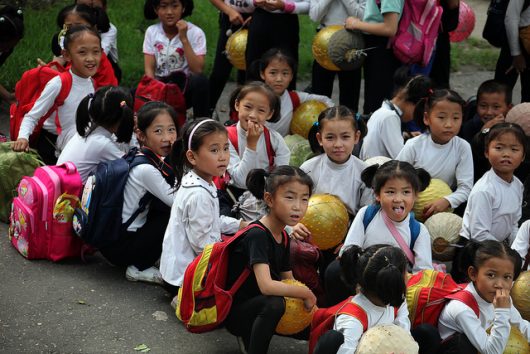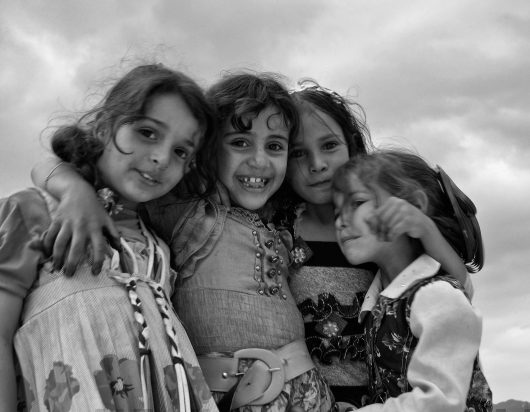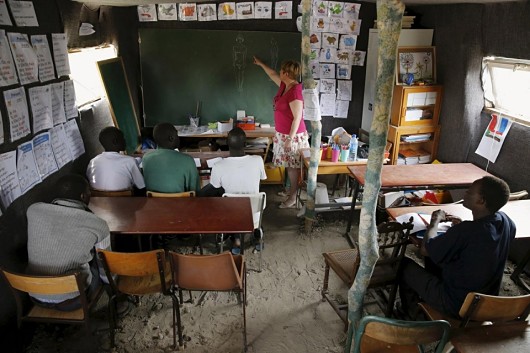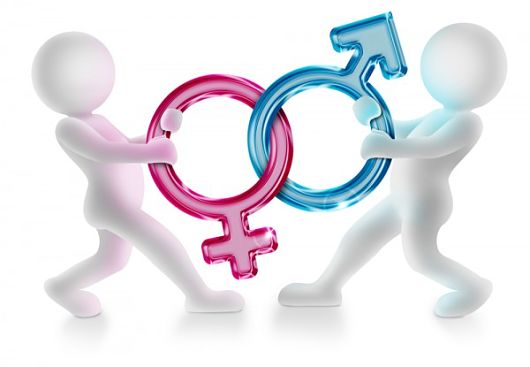 Nowadays, many universities look to promote cultural diversity and provide opportunities for high-achieving disadvantaged students who face challenges in accessing higher education in a foreign country. Through international student scholarships in the United Kingdom, British universities are able to provide disadvantaged international students opportunities to study abroad. The number of fully funded scholarships that British universities have given has increased in recent years. For example, the available scholarships went from 2,840 for the 2021-22 academic year to 3,310 for the 2022-23 academic year. This article will provide an overview of student scholarships in the United Kingdom while providing some examples.
Nowadays, many universities look to promote cultural diversity and provide opportunities for high-achieving disadvantaged students who face challenges in accessing higher education in a foreign country. Through international student scholarships in the United Kingdom, British universities are able to provide disadvantaged international students opportunities to study abroad. The number of fully funded scholarships that British universities have given has increased in recent years. For example, the available scholarships went from 2,840 for the 2021-22 academic year to 3,310 for the 2022-23 academic year. This article will provide an overview of student scholarships in the United Kingdom while providing some examples.
Overview of International Student Scholarships in the United Kingdom
In 2022, more than 3,000 opportunities for student scholarships in the United Kingdom covered multiple levels of higher education degrees, supporting students from bachelor’s degrees up to master’s degrees and doctoral degrees. Many of those fully funded scholarships are open to students from all over the globe, without any discrimination and exclusion, which could give the British universities a diverse, global academic environment and help more people from varying cultural backgrounds reach for a better life.
Some scholarships in the U.K. aim to help those most in need and are specifically for students from low-income backgrounds. The British government provides some of those scholarships, like the Commonwealth Split-site Scholarships. Meanwhile, individual universities, like the UCL (University College London) Global Masters Scholarship, provide others.
Special Scholarships For Indian Students
In June 2022, the U.K., cooperating with businesses in India, announced 75 fully-funded one-year master’s program scholarships awarded to talented Indian students. It is worth noting that the year 2022 happens to be the 75th anniversary of India’s independence from the United Kingdom after shedding its colonial status. The scholarship covers the university’s tuition fees, the cost of transportation and the students’ daily expenses.
Chevening, the British government’s international awards scheme that provides many student scholarships in the U.K., has partnered with Hong Kong and Shanghai Banking Corporation (HSBC) India to sponsor 15 of those 75 scholarships. HSBC India CEO Hitendra Dave believes that students receiving the money all have the potential to become leading stars in different fields.
Special Scholarships to Assist Ukrainian Students
The armed conflicts between Ukraine and Russia has severely affected the learning process of many university students in Ukraine. Under such circumstances, the University of Edinburgh has generously started implementing a pilot program for a sanctuary scholarship scheme that aims to aid students during conflicts.
The pilot program directly helps Ukrainian doctoral students whose study activities cannot carry on normally due to the war. The program “will enable students to study in Edinburgh, make short visits to the city, or receive support and mentoring to continue their research studies in their own country.”
In 2021, the U.K. ranked 10th on the list of countries providing financial support for international students. Through international student scholarships in the United Kingdom, disadvantaged students across the world have the opportunity to study at renowned institutions. With this high-quality tertiary education, these students are able to secure skilled jobs that pay well and enable them to improve their living standards.
– Ella Li
Photo: Flickr
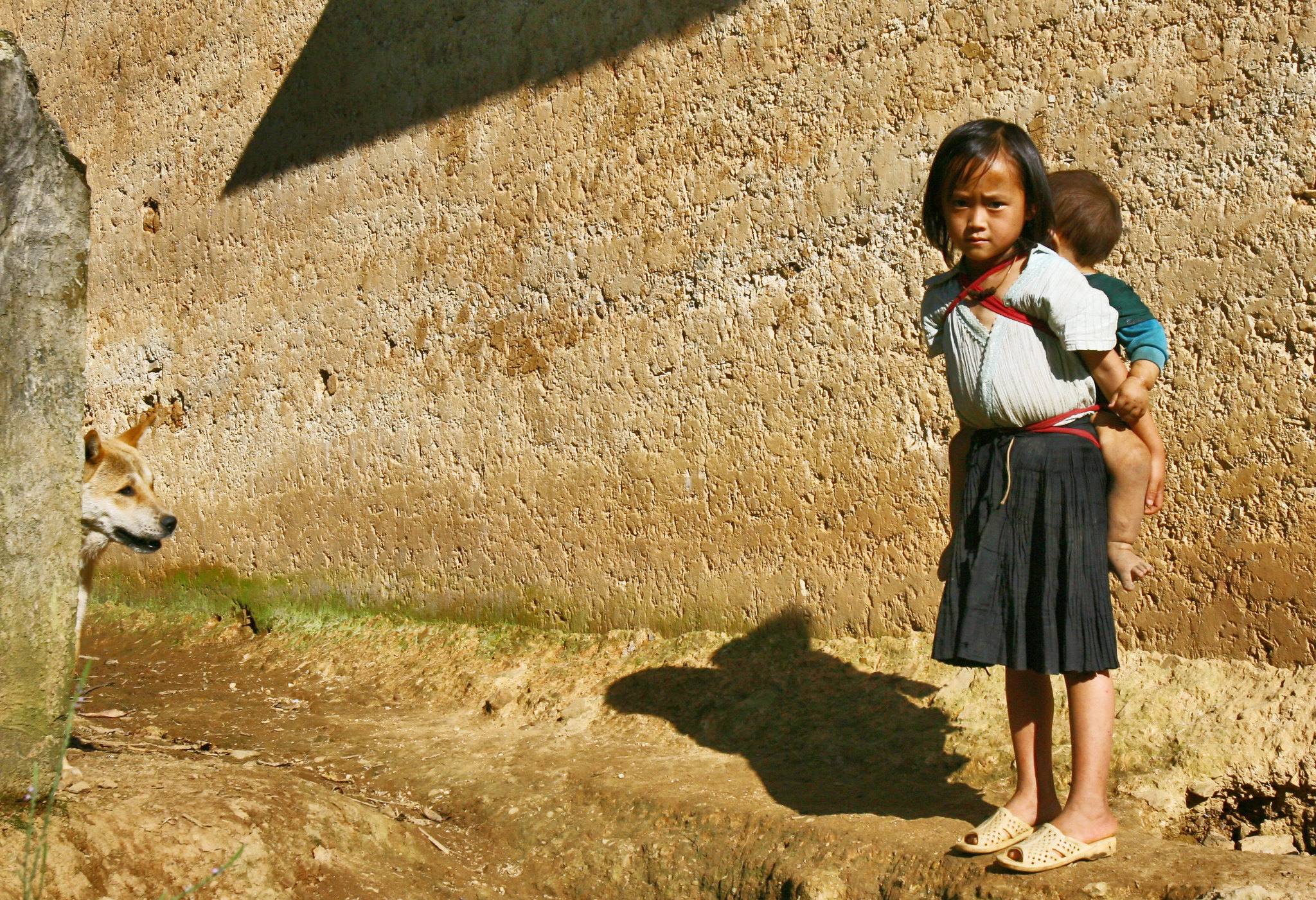
 In
In 
